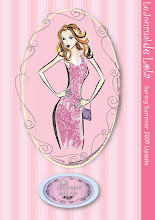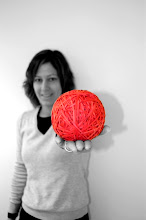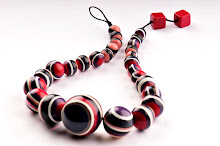Forget chocolate buttons, or that delete button you’re eyeing up on your keyboard …. These sterling silver buttons are a tribute to the history of the button !
Our new collection is a tribute to the humble button, used every day, but hardly noticed (until one falls off that is) we thought we'd compile our own small tribute to our new sterling silver button collection. Read on for the history of the button
But if its just the facts you're after - our new collection is Sterling Silver, will launch at the Autumn Fair, and is part of our new Studio Autumn Winter 2011 collection.
Back to the facts....Yes, the humble button has been around for simply ages. The first buttons made their debut during the Bronze age (that’s over 3,000 years ago to you and me) To be fair, the Bronze age man didn’t actually close anything with them, they were more for decoration – since clothes hadn’t been invented…
Over time as clothes became more fitted the button with its associated loop fastening became more popular, not least because it didn’t potentially cause injury to its wearer in the same way as a pin might.
Buttons arrived in the Uk around 1200 liberated by the Crusaders. Around this time they also got their name, Button seems to stem from the french word bouton – or bud or bouter which means to push. France established the button makers guild in 1250 and set about producing beautiful buttons in a shameless manner, although they did take the time to limit the useage of buttons to the aristocracy – peasants were only allowed cloth or thread covered buttons. So the humble button became a status symbol.
Button mania persisted throughout the middle ages, spawning clothes so beset with buttons and button holes that professional dressers were needed to complete the task of dressing. The church even denounced buttons as "the devil’s snare" as Europe became button obsessed.
But button mania wasn’t destined to last forever – the Puritans condemned it as sinful in the 16th century and as the numbers of buttons on clothes subsided to a more manageable level the level of ornateness of the buttons increased. That is to say, people wore less buttons but the ones they did wear were beautiful and unusual and elaborate.
From the 19th Century buttons were mass-produced, but there was still a wide variety available, from wood, bone and metal, brass, ceramic – the list is endless. Most homes still kept a button box with reclaimed buttons from old garments, along with odd buttons used for repairs.
Obviously we’ve got to mention the Pearly kings and queens of london – this tradition came about when a shipment from Japan flooded the local market in the 1860’s, the average Pearl king or queen wears a costume with over 30,000 buttons (and yes, thats really quite heavy) !
Today buttons come in all shapes and sizes and despite the fastenings that fashion dreams up each season, the allure of the button continutes. The future of the button seems secure because its an ergonomic treat, not superfluous in any way – its neat, tidy and above all, the humble button gets the job done !
Tuesday 30 August 2011
Subscribe to:
Posts (Atom)

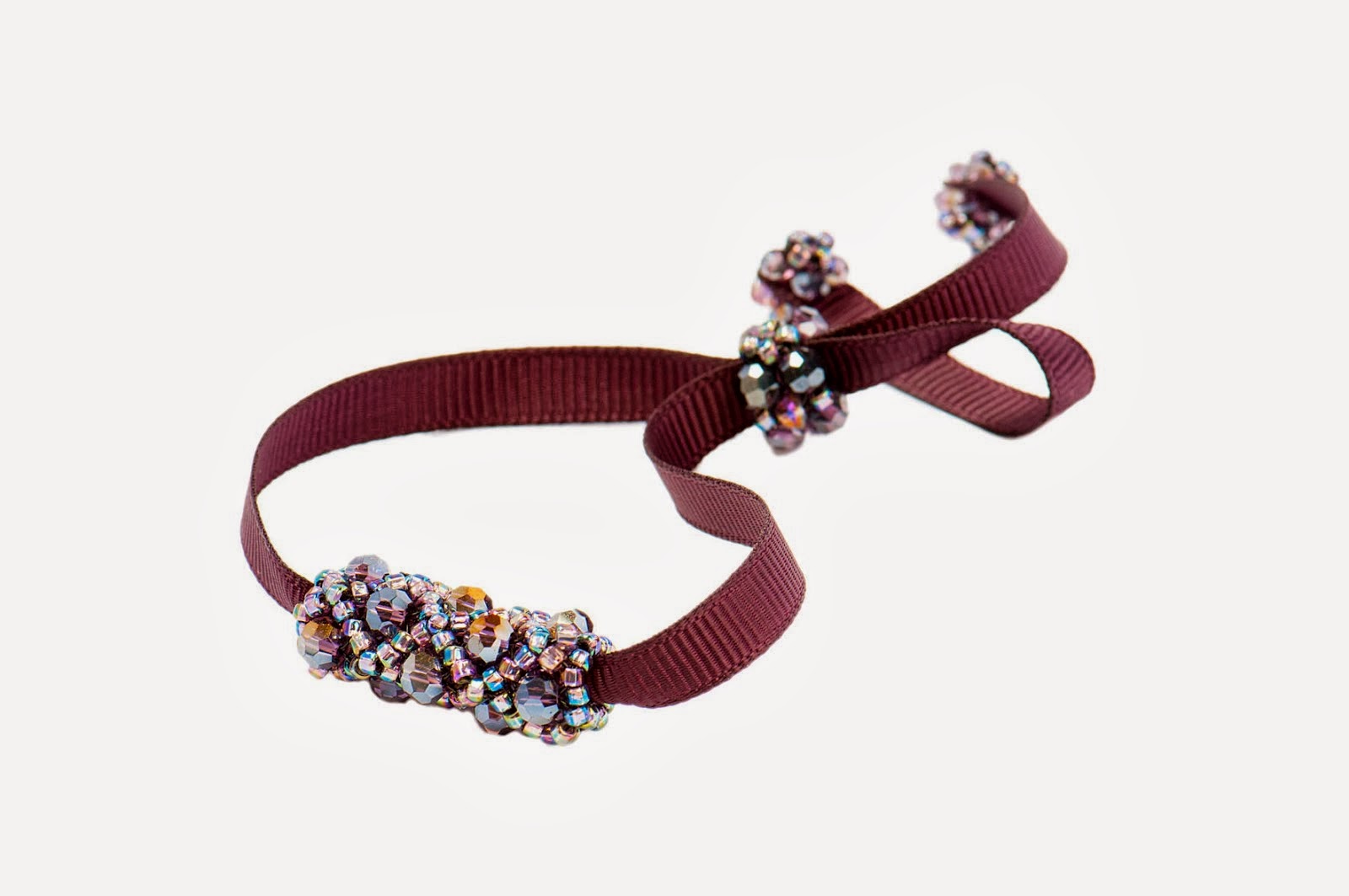
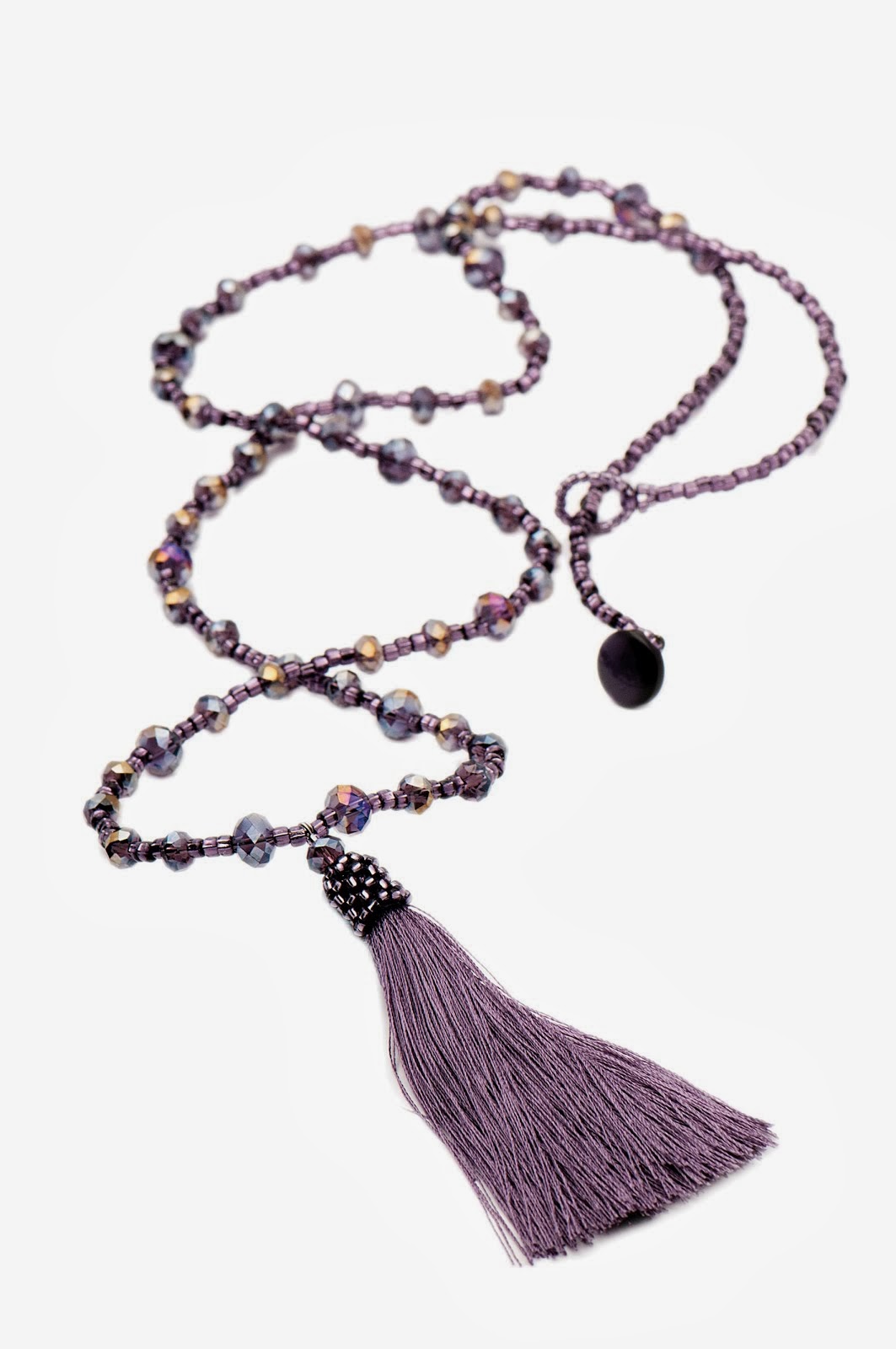




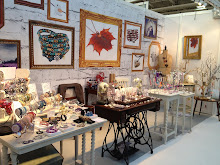



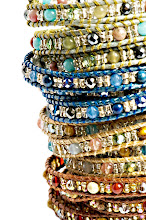


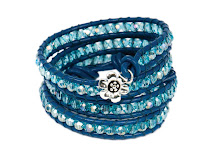
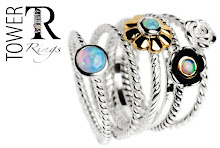

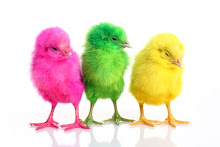
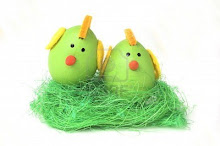

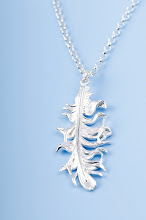



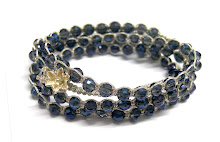
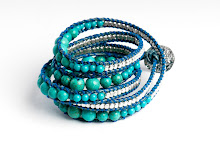



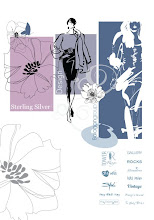



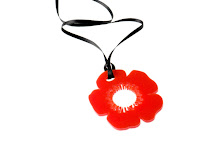


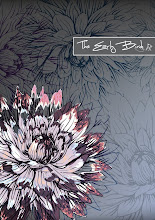




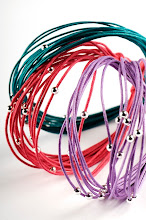

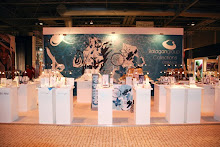
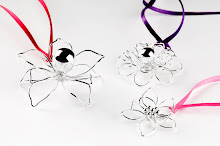




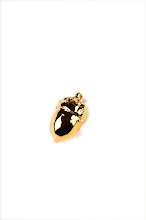



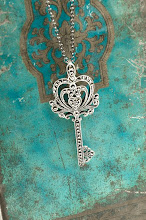
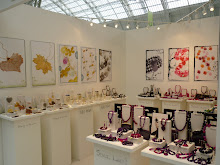

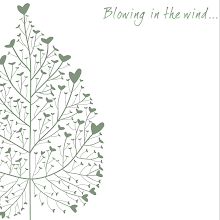.png)


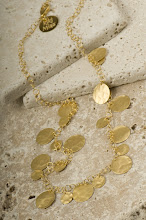

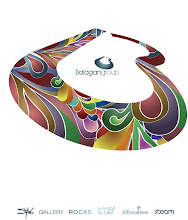
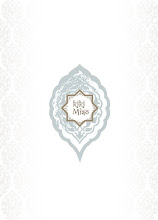
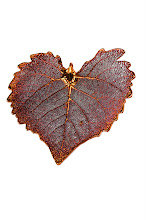
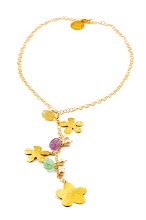


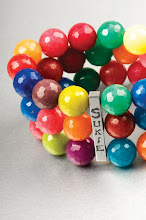


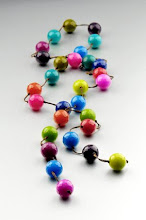
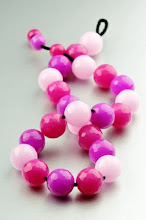






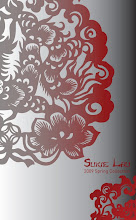
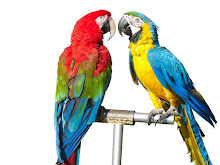

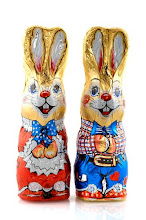





.jpg)
.jpg)
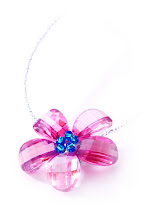
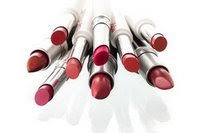
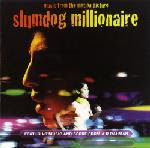
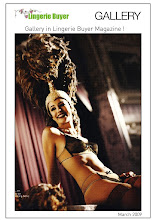.jpg)
